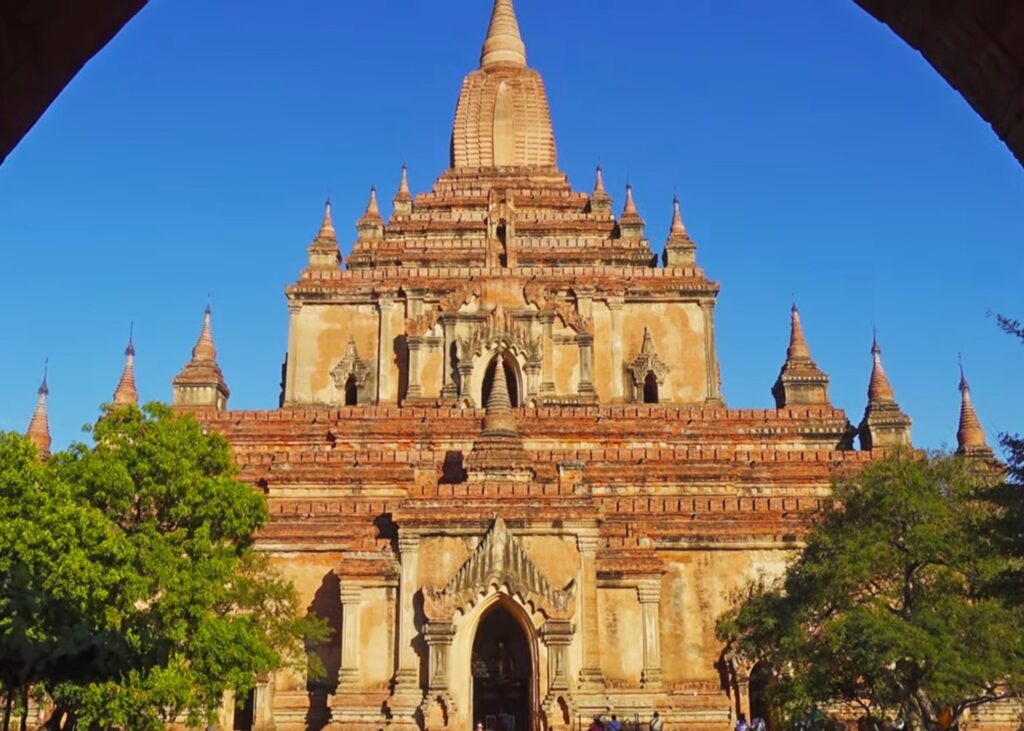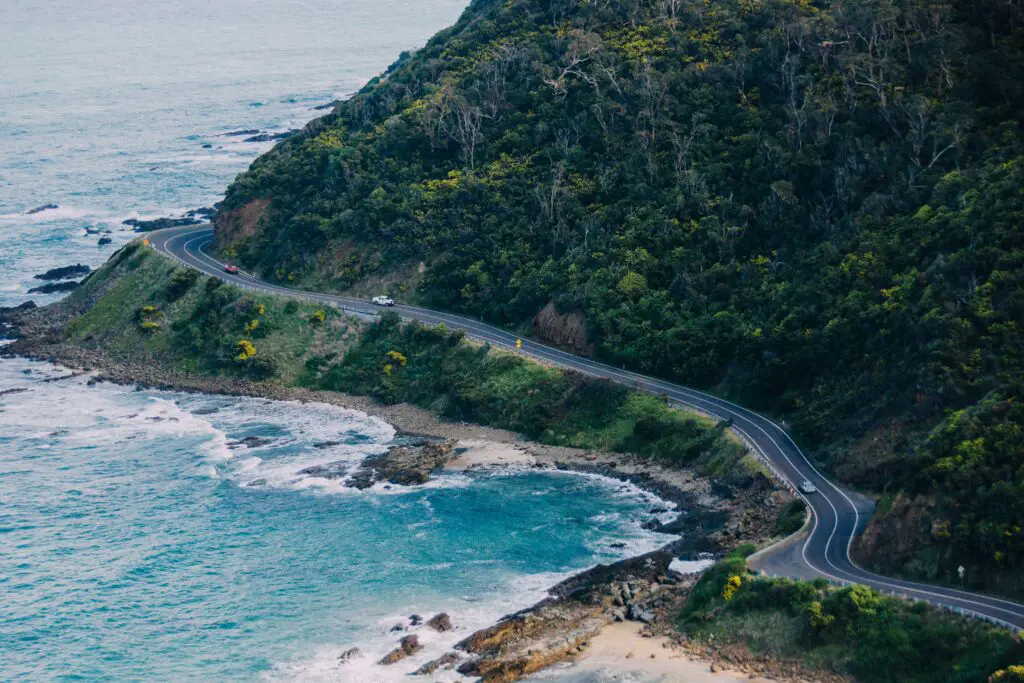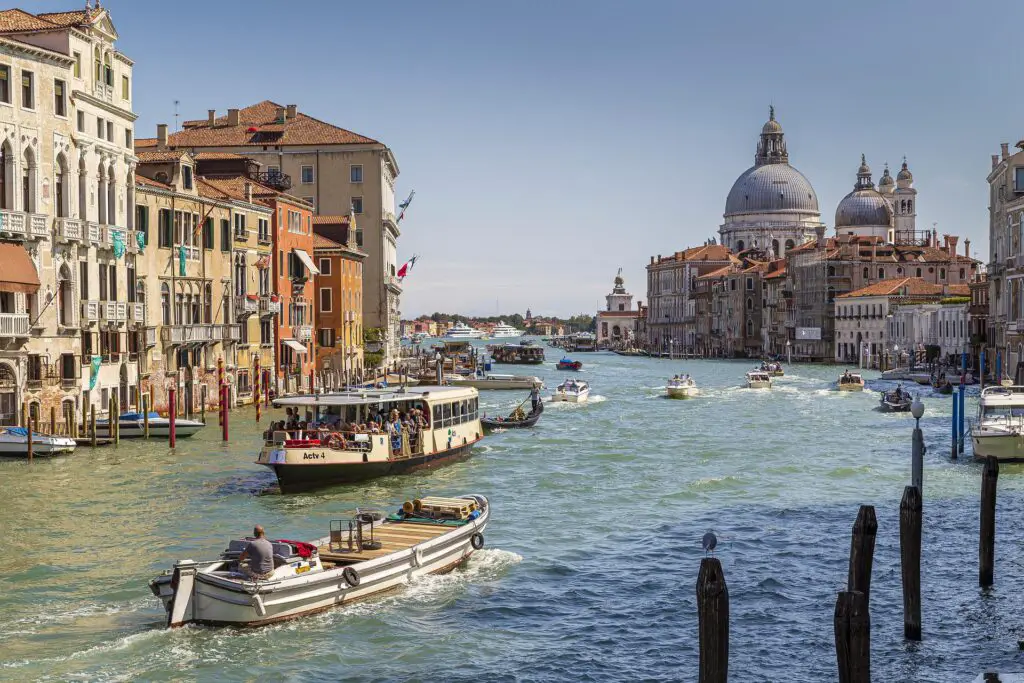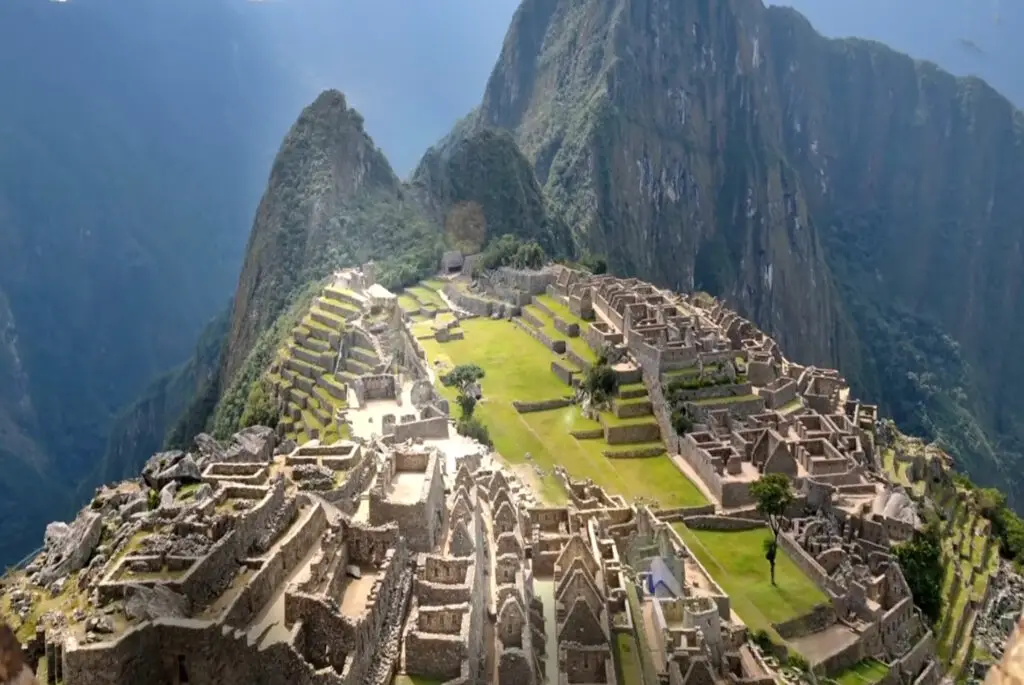Bagan is a city in central Myanmar, known for its vast complex of Buddhist temples and pagodas. It was the capital of the Kingdom of Pagan from the 9th to 13th centuries and is considered one of the most significant archaeological sites in Southeast Asia.
It is situated on the eastern bank of the Ayeyarwady River, and its temples and pagodas can be seen from afar, making it a popular tourist destination. In this article, we will explore the history of Bagan, its cultural significance, and the various attractions that make it a must-visit destination.
Location of Bagan, Myanmar
Bagan, located in the Mandalay Region of Myanmar, is one of the most incredible archaeological sites in Southeast Asia. It is known for its thousands of ancient temples and pagodas, many of which were built between the 11th and 13th centuries. Bagan was the capital of the Pagan Kingdom, which ruled over Myanmar from the 9th to the 13th century. Today, Bagan is a UNESCO World Heritage Site and a popular destination for tourists.
History of Bagan
Bagan was founded in the 2nd century AD, and it was initially a small town. However, it gained importance during the reign of King Anawrahta in the 11th century. Under his rule, it became the center of the Pagan Kingdom and a hub for Theravada Buddhism. The king was a devout Buddhist and commissioned the construction of numerous temples and pagodas throughout the city.
The golden age was during the reign of King Kyanzittha in the 12th century. He was responsible for building the Ananda Temple, which is one of the most significant and well-preserved temples in the region. The king also commissioned the construction of the Shwezigon Pagoda, which is considered the prototype for all Myanmar stupas.
Region continued to flourish until the 13th century when it was conquered by the Mongols. The city was left in ruins, and the population migrated to other areas. However, many of the temples and pagodas survived the invasion and remained standing. Today, it is a UNESCO World Heritage Site and a testament to Myanmar’s rich cultural heritage.
The history can be traced back to the 9th century when King Anawrahta, the founder of the Pagan Kingdom, established his capital there. Over the next few centuries, the rulers of Pagan built thousands of temples and pagodas, turning the area into a center of Buddhist culture and learning.
Bagan reached its peak during the 11th and 12th centuries when the kingdom was ruled by King Anawrahta’s successors. During this period, the rulers of Pagan commissioned the construction of many of the most impressive temples and pagodas in the city. They also invited scholars and monks from India and other Buddhist centers of learning to study and teach.
The decline of Pagan began in the 13th century when the kingdom was invaded by the Mongols. The city was sacked, and many of the temples and pagodas were damaged or destroyed. Over the next few centuries, Bagan fell into decline, and the city was eventually abandoned.
The temples and pagodas remained largely unknown to the outside world until the early 20th century when British colonial officials began to explore the region. Since then, Bagan has become one of the most important archaeological sites in Southeast Asia.
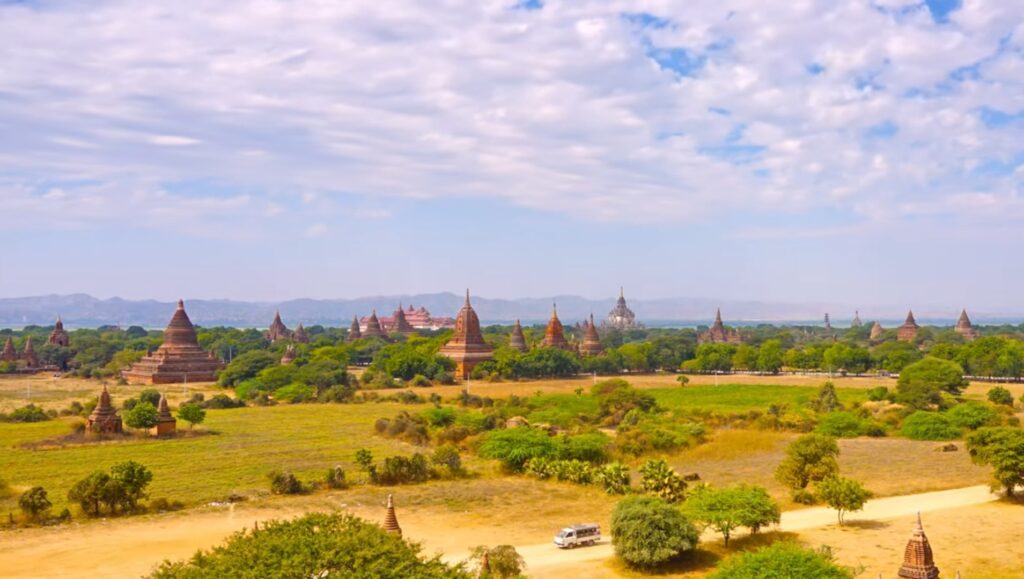
The Temples of Bagan:
Bagan is home to thousands of temples and pagodas, making it one of the most significant archaeological sites in the world. Many of the temples were built between the 11th and 13th centuries, and they represent some of the finest examples of Burmese architecture and art.
The temples vary in size and style, but they all share certain features that make them recognizable. Most of the temples are constructed from brick, with some featuring elaborate stucco decorations. The temples are often topped with pagodas, which are typically covered in gold leaf and topped with a multi-tiered umbrella.
Some of the most famous temples in Bagan include the Ananda Temple, the Dhammayangyi Temple, and the Shwezigon Pagoda. The Ananda Temple is one of the largest and most well-preserved temples in Bagan. It was built in the 12th century and features four standing Buddha statues, each measuring over 30 feet tall.
The Dhammayangyi Temple is the largest temple in Bagan, and it was built in the 12th century by King Narathu. Legend has it that the king was so ruthless that he had his own father and brother executed, and it is said that he built the temple as a form of penance. The Shwezigon Pagoda is one of the oldest and most important pagodas in Myanmar. It was built in the 11th century by King Anawrahta, and it is believed to contain relics of the Buddha.
Best Time to Visit Bagan:
Exploring Bagan is a unique experience that offers visitors a glimpse into Myanmar’s rich cultural and architectural heritage. Visitors can explore the temples and pagodas by foot, bicycle, or horse-drawn carriage. Hot air balloon rides are also popular, offering a bird’s-eye view of the city and its surroundings.
The best time to visit Bagan is between November and February, when the weather is cool and dry.
Cultural Significance of Bagan
Bagan is a significant cultural site not only for Myanmar but also for Southeast Asia. The city’s temples and pagodas represent the pinnacle of Myanmar’s architectural and artistic achievements during the Pagan Kingdom’s golden age.
The temples and pagodas in Bagan are essential for understanding the evolution of Buddhist art and architecture in Myanmar. They also serve as a reminder of the country’s religious and cultural heritage. The city attracts millions of visitors each year who come to marvel at its beauty and learn about Myanmar’s rich history.
Attractions in Bagan
Bagan is home to thousands of temples and pagodas, each with its unique style and history. Here are some of the most popular attractions in the city:
Ananda Temple: The Ananda Temple is one of the most well-preserved and significant temples in Bagan. It was built during the reign of King Kyanzittha and is a masterpiece of Mon architecture. The temple is home to four standing Buddha statues, each with a different facial expression, representing the four stages of enlightenment.
Shwezigon Pagoda: The Shwezigon Pagoda is one of the oldest and most important pagodas in Bagan. It was built during the reign of King Anawrahta and is considered the prototype for all Myanmar stupas. The pagoda is home to numerous Buddha statues, including a tooth relic of the Buddha.
Dhammayangyi Temple: The Dhammayangyi Temple is the largest temple in Bagan and is known for its intricate brickwork. It was built during the reign of King Narathu, who was known for his cruelty. Legend has it that the king was murdered before the temple was completed, and it was never used for worship.
Mount Popa: Mount Popa is a volcanic peak located in central Myanmar (formerly Burma), about 50 kilometers (31 miles) southeast of the ancient city of Bagan. It rises to an elevation of 1,518 meters (4,981 feet) above sea level and is a popular tourist destination in Myanmar.

